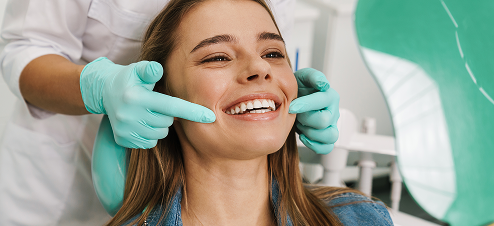FAQS ON COSMETIC DENTISTRY
Traditional dentistry emphasizes function and health—things like preventing cavities, treating infections, and ensuring the overall health of your teeth and gums.
Cosmetic dentistry, on the other hand, is centered around enhancing the visual appeal of your smile, often using treatments that improve the color, shape, alignment, or size of your teeth.
In most cases, cosmetic dentistry procedures are not covered by insurance because they are considered elective treatments aimed at improving appearance rather than treating a medical condition or preventing dental disease.
Exceptions: Medically Necessary Cosmetic Procedures, (Coverage for Part of the Treatment, (For instance, if you need a crown for a tooth that has been damaged and requires restoration, your insurance might cover that part of the cost) Flexible Spending Accounts (FSAs) or Health Savings Accounts (HSAs) ALWAYS CHECK WITH INSURANCE
Braces or Invisalign: These treatments can straighten crooked or misaligned teeth, which not only improves your smile but also makes it easier to clean your teeth. Proper alignment can reduce the risk of tooth decay, gum disease, and tooth wear that can result from an uneven bite.
Fillings and Bonding: If you have cavities or minor chips, cosmetic dental procedures can restore the function and appearance of your teeth, preventing further decay or breakage.
Veneers and Crowns: When you restore the surfaces of your teeth, it becomes easier to clean them. Gaps, cracks, or rough areas on teeth can trap food and plaque, leading to an increased risk of gum disease


